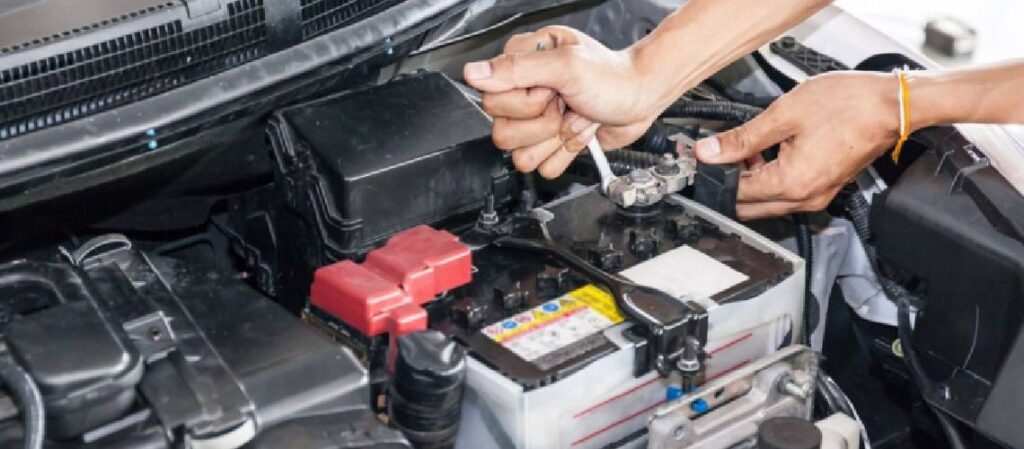
Modern cars often lack free space in the engine compartment, especially models with numerous electronic systems. This limitation creates challenges when replacing a car battery. In this article, we will discuss key considerations for replacing a battery in tight engine bays.
Why Size and Fit Matter in Battery Installation?
Even an extra 2 millimeters can interfere with installation if there is an air intake or wiring harness nearby. A battery that is too tall may press against the hood, and an incorrect terminal shape may result in improper connection. In such cases, it is important to look for alternative models with equivalent electrical characteristics but compact dimensions. Sometimes relocating the mounting point helps; however, avoid excessive modifications. A poorly secured battery can damage other engine components.
The Role of CCA and RC in Performance
The physical size of the battery doesn’t matter to the starter. It just requires a certain amount of current to start the engine. This is where cold cranking amps (CCA) come into play. The higher the CCA, the easier it is to start the engine. Another critical parameter is reserve capacity (RC), which indicates how long the battery can supply current when the engine is off.
Identifying a Failing Battery
An old battery can be assessed by its idle voltage. If the voltage drops below 12.6V, it is time to replace your car battery. Other warning signs include slow engine cranking, oxidized terminals, and moisture on the battery case.
Special Considerations for AGM and EFB Batteries
AGM and EFB batteries require special attention. They are typically installed in vehicles with a Stop-Start system and are linked to the battery management system (BMS). After a replacement, the settings often require resetting. Therefore, it is essential to follow the instructions in the operating manual. Improper connections may affect the car’s electronic systems.
Dealing with Non-Traditional Battery Locations
If the battery is located in the trunk or under a seat, consider the length of the wires and the battery’s weight. Some batteries weigh up to 27 kg and are difficult to handle in confined spaces. Using a ratchet wrench, an extension cord, gloves, and safety glasses is crucial when replacing the battery. Even slight contact with sulfuric acid can cause serious burns.
Avoid Reviving a Dead Battery
Trying to charge a sulfated battery using another battery can be dangerous. There is a risk of explosion, acid burns, or damaging the car’s electronics. Instead, recycle the old battery or return it to a store as part of a core exchange program.
Choosing the Right Type of Battery
Not every battery suits every vehicle. Deep-discharge (deep cycle) batteries are suitable for trailers and boats but not for starting motors. They have lower CCA and greater RC. Starter batteries are designed for short current pulses.
Solutions for Tight Spaces
- Use compact lithium slim-format batteries.
- Relocate the battery to a dedicated compartment (if your vehicle permits).
- Choose models with side terminals if vertical posts won’t fit.
- Consult professionals who offer car battery replacement Dubai services with proper installation.
Checklist for Replacing a Battery in Tight Spaces
- Measure your current battery precisely.
- Compare terminal positions and case shapes.
- Match the CCA and RC to the manufacturer’s specifications.
- Avoid mismatched models or makeshift fastenings.
Replacing a battery correctly in a confined space requires precise measurements, a suitable model, and safety precautions. It is best to leave the installation to professionals like Auto Battery Hub. This will help you save time and protect you from making any mistakes and potential hazards.


